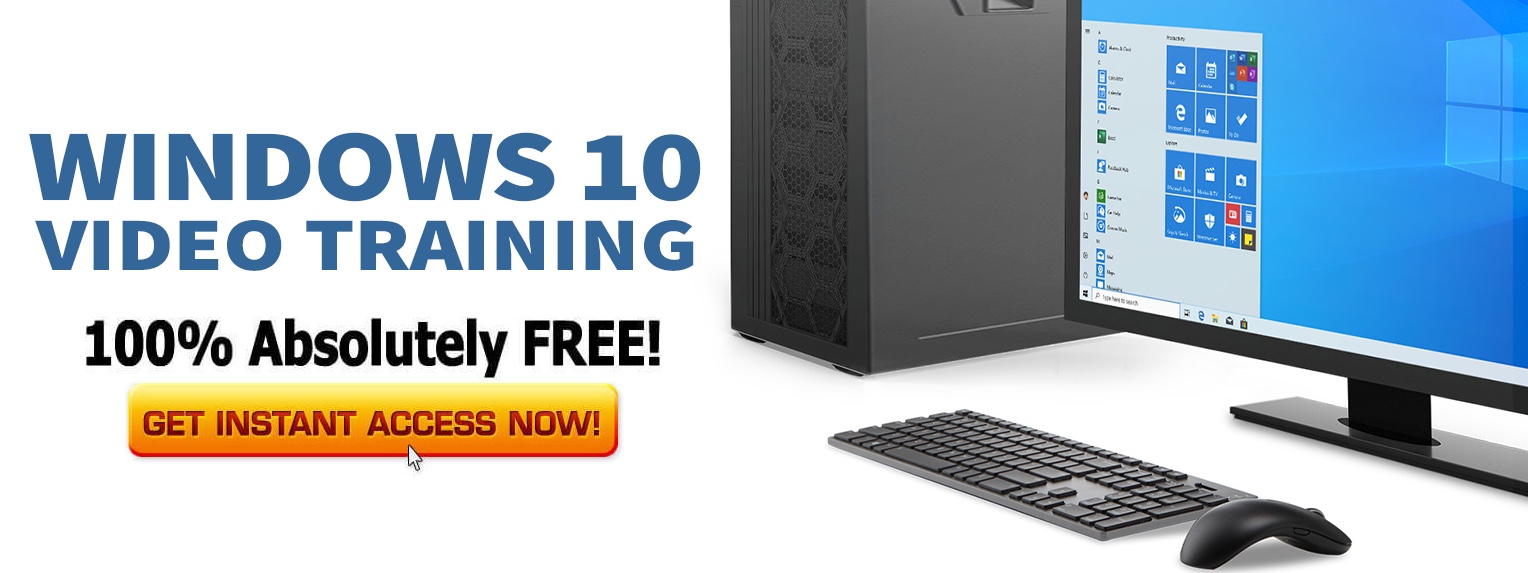In a new video from Microsoft, the company gave us a “future look” at the world of touchscreens and how they will evolve over the next 5-10 years. While many times these grandiose visions from Microsoft never fully materialize like they suggest (such as early project Natel videos versus the actual Kinect’s features) – it is a stunning video.
It also kind of hints at some of the elements I think will be important to Windows 9: touch technology, ease of sharing information. Beyond that, I also believe Windows 9 will center on scalability and cloud computing as well.
The first of these is obviously going to be a big part of both Windows 8, Windows 8’s sub-versions like Blue and even Windows 9. The second of these probably needs a bit more discussion though. What exactly do I mean by “ease of information sharing”?
Information Sharing & Scalability
In the video, you see that ‘transferring’ information from a tablet to a bigger working touch-display is as easy as touching against one another. Some of this is already in place thanks to the emergence of technologies like NFC. It also paints the picture of a computing environment where all your devices work together.
This is something I’ve already mentioned before, but that’s because it is very important. Microsoft’s future is in creating a scalabe OS that works great on any platform – console, tablet, television, laptop, desktop, phone, heck even perhaps a smartwatch or pair of tech glasses – and Windows 8 is a step in that direction. Beyond scalability, being able to pick up where you left on one device and start immediately on another is also key to the future of Windows.
To get there, you need two things: cloud connectivity at the heart of Windows 9 and an OS that at its core is the EXACT same on everything, with only the UI slightly changing to fit the situation at hand. Windows 8 sees many cloud features that Windows 7 didn’t, and I wager Windows 9 will take this even further.
Cloud Computing with Windows 9
Google has laid down the gauntlet with Android on tablets and smartphones, and now even Chrome OS is starting to gain traction thanks to marketing efforts like the hype-machine that has become the ChromeBook Pixel.
Google’s idea of a web-centric operating system has merit, but Microsoft could have a strong advantage here if they can properly marry Windows 9, web applications and a browser, and legacy support for older Windows apps and native Windows Store apps.
To do this, I’d love to see Microsoft start over with a new browser. Don’t get me wrong, IE10 is a strong step in the right direction but I don’t think they will ever shake the image of it being “inferior” even if it becomes the most attractive, fastest and most secure browser EVER. Starting over with a new Windows Browser would help their cloud efforts.
Still, I doubt that Microsoft will ever abandon IE. That said, even with IE behind it, a cloud-driven path could be epic with Windows 9. Having the ability to have your work all ‘monitored and pushed’ to the cloud instantly could mean that if your desktop crashes – no worries, you whip out your laptop or tablet and are presented with every window and program you had open (except those that aren’t locally installed, etc) and you continue working. For those with ‘sensitive’ data they don’t want to risk to the cloud, there could also be a privacy mode or a way to fully disable the cloud pushing features altogether.
Of course some of this might sound great but is still to hard to readily accomplish with today’s technology. Things are changing fast though. I envision a future Windows where all apps work with all Windows-based devices (except perhaps legacy x86 windows programs), where work is save from crashes, where productivity is possible on any Windows device thanks to a universal OS that fits every situation you encounter.
I’m hoping that such a Windows begins to emerge with Windows 9. What do you want out of Windows 9? How important do you think quick data sharing, scalability, compatibility and cloud connectivity are to Microsoft’s future?


First, I’d just like to say that the video is not Windows 9. Windows is, and always will be, a PC operating system. However, your ideas make a lot of sense, and along with some major updates to Metro UI, it would be great!
The project in the video is totally different, and I really don’t see it becoming reality very soon. First of all, it really depends on the hardware. The touching to share is very similar to the Samsung Galaxies, but it still would need a lot of work. Ultimately, what we see in the future will be very different.
First, I’d just like to say that the video is not Windows 9. Windows is, and always will be, a PC operating system. However, your ideas make a lot of sense, and along with some major updates to Metro UI, it would be great!
The project in the video is totally different, and I really don’t see it becoming reality very soon. First of all, it really depends on the hardware. The touching to share is very similar to the Samsung Galaxies, but it still would need a lot of work. Ultimately, what we see in the future will be very different.